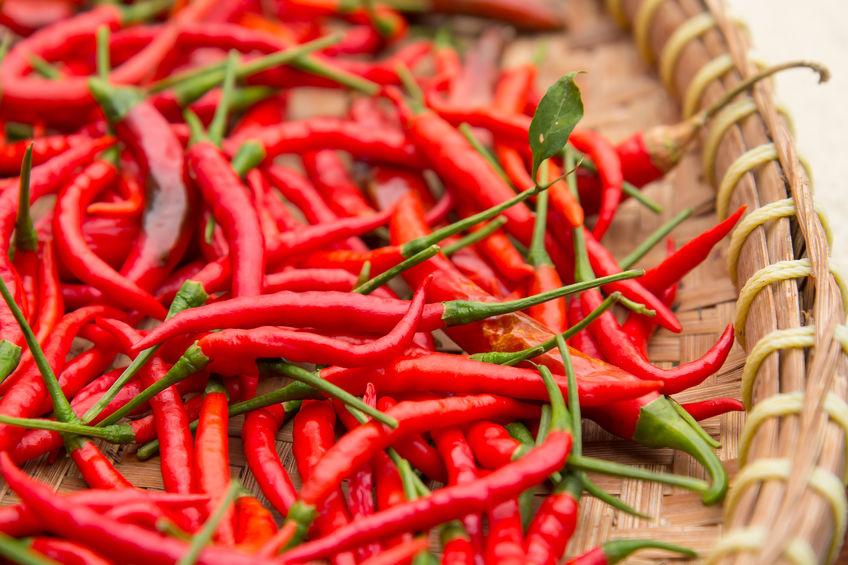
Guest Author
Annie Lizstan works as a health and beauty consultant for online websites and is an independent researcher by profession. She has completed her studies from The University of Arizona and lives in Wasilla, Alaska. Recently, she’s had the opportunity to explore Glozine lifestyle news.
You can also connect with her on Facebook, Twitter, and Pinterest.
Joint pain and other types of chronic pain affect millions of Americans – a 2008 survey showed as many as 100 million adults have chronic pain.(1)
Unfortunately, finding an adequate remedy can be difficult. Although sometimes surgery and medication can help, surgery may be stressful and dangerous, and drugs for pain are often addictive and have other unwanted side effects.
If you are looking for safer ways to relieve your pain, doctors and scientists have found a few approaches that are less risky but just as effective.
7 Safe and Effective Remedies for Joint Pain
1. Aromatherapy
You might not think just smelling something could reduce joint pain, but that’s not the case.
The Arthritis Foundation recommends trying aromatherapy – the scents go right to your brain to reduce pain almost instantly. They recommend trying lavender, chamomile or eucalyptus – you can dab it onto your skin or use it in a diffuser to bring the scent into the entire room.
Another option is using these essential oils in massage. This will work two-fold, acting as aromatherapy but also relieving tension in your joints and muscles in a more physical way as well.
2. Hypnosis
Although not usually considered a traditional treatment, many studies show hypnosis can significantly reduce pain, and provide relief to many people suffering from arthritis, back pain, or other chronic issues.
According to the American Psychological Association, a review of 18 studies found 75 percent of individuals treated with hypnosis reported reduced pain.(2)

3. Meditation
Meditation may help in a similar way as hypnosis – the Atlantic writes that chronic pain is about more than injury, usually stress, the environment, and emotions contribute to its intensity. Since part of the problem with joint pain has to do with our perception, calming activities and changing your perception can help.
In one study, researchers scanned participants’ brains while they experienced pain then again but this time, the participants were meditating. During meditation, pain reduced by 40 percent.
Natural approaches like hypnosis and meditation may not treat the causes of back pain or arthritis, but they can actually influence a person’s perception and reduce the sensation of pain.
4. Hot and cold compresses
According to the University of Rochester Medical Center, using heat and cold on problem joints can help – it opens the blood vessels to increase oxygen in the joint and relaxes muscles and tendons.(3)
This is especially useful for chronic joint pain and stiffness. Cold, on the other hand, reduces circulation and inflammation, so it’s best to use when there’s swelling.

5. Use cream with capsaicin
Capsaicin, an ingredient in chili peppers, can help bring joint pain relief by reducing inflammation when applied topically.
Studies show this spicy ingredient reduces a neurotransmitter called substance P, which can bring relief to people who have osteoarthritis, fibromyalgia, and joint pain one study found topical capsaicin reduced pain by 50 percent.
You can get the cream as an over-the-counter medication or with a prescription from your doctor.
6. Hydrotherapy
Some people also find hydrotherapy, which involves doing certain exercises in a heated pool. Similar to a hot treatment, the warm water will increase blood flow, and since the body is immersed in water, it also reduces pressure.
This may be especially effective for people who have difficult with other exercises. Since you’re in the water, it’s exceptionally safe and there’s no risk of falling.
Additionally, studies show hydrotherapy can improve strength and may be particularly helpful for arthritis pain and osteoporosis.(4)
7. Herbs
Some herbs like aloe vera, ginger, turmeric, and cat’s claw have been shown to reduce inflammation.
Since chronic joint pain is usually accompanied by swelling and inflammation that increases the discomfort, many use herbal remedies as an alternative approach. Although many use herbs like ginger and turmeric for cooking, they usually won’t get enough to make a noticeable difference.
To see real effects, most people need to take large doses in supplements like Triple Power Omega 3 Fish Oil.
Since some herbs like cat’s claw can also affect medications, you should always talk to your doctor before taking any herbal supplement.
There Are Natural Solutions
Pain can be frustrating, debilitating, and even lead to depression when it starts to take over your life.
Finding an effective but safe solution is crucial not just to manage the pain, but also for improving your wellbeing overall.
Although not all of these remedies will work for everyone, hopefully, some of these suggestions will make a difference. Talk to your doctor about which options interest you and might work in your treatment plan.
Sources:
- Institute of Medicine Report from the Committee on Advancing Pain Research, Care, and Education: Relieving Pain in America, A Blueprint for Transforming Prevention, Care, Education and Research. The National Academies Press, 2011.
http://books.nap.edu/openbook.php?record_id=13172&page=1. - Montgomery, G. H., DuHamel, K. N., & Redd, W. H. (2000). A meta-analysis of hypnotically induced analgesia: how effective is hypnosis? International Journal of Clinical and Experimental Hypnosis, Vol. 48, pp. 138-153.
- urmc.rochester.edu/encyclopedia/content.aspx?ContentTypeID=1&ContentID=4483
- Foley, A., Halbert, J., Hewitt, T., Crotty, M., Does hydrotherapy improve strength and physical function in patients with osteoarthritis—a randomised controlled trial comparing a gym based and a hydrotherapy based strengthening programme. Ann Rheum Dis 2003;62:1162-1167 doi:10.1136/ard.2002.005272






Article Comments